- Empty cart.
- Continue Shopping
Philodendron Plant Buy Online
₨1,500.00
Philodendron Varieties: How to Grow Indoors
Philodendron Genus has numerous magnificent leaves. The large, shiny and lush leaves are utilized to add a touch of beauty and tropicality to the inside of your home. Most well-known plant species for homes are known as a result their easy maintenance.
There are two kinds of philodendrons available that are available, namely vines and climbing. Vining varieties can develop up to several feet, and generally require a support structure to climb over. The vines do not climb. and tend to develop along a straight line. They usually have a rapid rates of growth.
The philodendrons can be toxic for both pet and human beings. 1 2
| Common Name | Philodendron |
| Botanical Name | Philodendron spp. |
| Family | Araceae |
| Plant Type | Perennial |
| Mature Size | 6-72 in. tall, 6-36 in. large, and 6-36 inches wide |
| Sun Exposure | Partial |
| Soil Type | Loamy, well-drained |
| Soil pH | Acidic |
| Hardiness Zones | 9-11 (USDA) |
| Native Area | Central America, South America |
| Toxicity | Toxic to pets as well as human beings. 2 2. |
Philodendron Care
They’re great as home plants because of their ease of care. However, it’s important to maintain a healthy conditions so that the plant will remain in good condition. The following are the essential rules to be followed when taking proper care of the plant known as one of the Philodendron.
- Choose a spot that has indirect but bright illumination near to an open window that is both light and bright.
- Plant your plants in mildly acidic pots that drain well and dirt.
- The source of activated water after the soil’s upper layer is dried. The requirements for moisture vary between the kinds of the Philodendron.
- Make a humid, warmer space.
- It is essential to clean them using the use of a towel and water in order to eliminate the dust.
- Utilize the fertilizer that contains liquids every month at most in the period of expansion.
Light
The Philodendron relies on sunshine However, they are exposed to indirect sunlight via the canopy of tropical trees more than direct sunlight. Install them in a sunny area so that they will be exposed to direct sunlight which is intense and bright. Insufficient sunlight can cause the growth of tall plants as well as plenty of space between the leaves. Additionally, too many light sources can cause harm to the leaves. fragile leaves.
Soil
Philodendrons can be described as an open and acidic plants with high amount of organic material. The soil should have enough drain.
The plants can be at risk from salts that build up on the soil due to the watering. This can cause leaves to turn to brown or yellow. It is suggested to remove the salts by irrigation until the water flows through drainage channels.
Water
It is recommended to water this plant when that the surface of your soil has dry. This plant Philodendrons require moderate amounts of water. In excess watering and also watering underwater can cause leaves to fall, so it’s important to determine the appropriate time to water your plants, based on the level of soil’s dryness however, not always the leaves. Philodendrons do dislike standing in water, and this is because they’re susceptible to root mould.
not climbing species flourish in cold, dry conditions, slightly greater that vining animals. You should decrease your frequency of watering during the winter time of winter dormancy.
Temperature and Humidity for Philodendron
The tolerance to temperatures for Philodendrons is dependent on the particular species. There is a consensus that they shouldn’t be kept in temperatures that are lower than 55 ° F. Make sure you ensure that they are protected from cold breezes like those that come through the vents of air conditioning. They thrive in humid climates and replicate their environment by increasing the humid levels around the plant. The plant is sprayed daily with water by using spray bottles. You can also set the pot inside the tray, and then add water to it. Be sure the top of the container doesn’t touch the water.
Fertilizer
Be sure to apply the correct liquid fertilizer once a month on your plants in the spring and summer. Follow the instructions on the bottle to figure out which amount of fertilizer is suitable in addition to limiting the amount of food you consume to at least once every six to eight weeks throughout winter through the fall. If your plant is not getting sufficient nutrients, the development of the plant could be slower than normal since the leaves are smaller than they normally do.
Philodendron Tips for Beginners
- Where to put it? It is recommended to put the philodendron in an area with bright, intense light. It could be located in windows facing to the east, in the apartment.
- What to do to keep it hydrated:Water only when the lower part of your soil is dry. Make sure that the pot is equipped with drainage holes in order to retain your roots.
- Soil Type: Plants should be established in loose acidic soil mixtures. The typical mixture of plants may be utilized.
Types of Philodendron
There are several kinds of Philodendrons. These are the most sought-after types:
- The . billietiae, the houseplant which is loved by fans of the long, spade-shaped leaves. It is a climber-friendly plant and suitable for the bottom of a moss pole as well as Trellis.
- P. bipinnatifidum may also be known as”the tree” Philodendron. It is a tall and slim plant with lobed and slack leaves.
- “Birkin’ Philodendron” This philodendron kind is characterized by delicate white stripes which are evident on its leaves. It’s sometimes referred to as a white wave the philodendron.
- The . burle marxii plant that is anywhere from two to three feet high. The philodendron has an elongated and climber’s habit. It has medium-sized leaves and islets.
- The . rubescens plant is a vigorous climber that has the stems and leaves bright red. This is also known as the Philodendron “Pink Princess” variation is a plant that develops hearts-shaped leaves that are pinkish-colored with variegated areas.
- Gloriosum: In contrast to those that trail the ground, this variety grows more uprightly and has enormous green leaves, which appear breathtakingly white.
- “Brasil” the philodendron as one of the cultivars which are heartleaf Philodendron. This species is well-known due to its unique heart-shaped leaves, which have a lime-green variety. P. micans, is an additional species that has deep green leaves.
- Melanochrysum is one of the most stunning climbers that has velvety dark leaves and a bronze-colored cover.
- “Rojo Congo” Philodendron: This particular hybrid is distinct by its red shades and green. The leaves sport an orange-reddish copper hue when they reach maturity but they then change to a deep, green color.
- scandens is one of the most popular climbers. The leaves form a heart and are multiple-colored.
- The . selloum that is wider has a length of more than 5 feet and includes split leaves as its primary feature (not to be misunderstood with Monstera Deliciciosa that has split leaves).
- spiritus-sancti: It’s one of the most sought-after species due to its long, blade-like leaves which reach 2 feet. This unique species is native to a very small area in Brazil,
- P. Squamiferum is also known as the red bristle Philodendron. The species are distinguished by their massive leaves that are that are dark green. They can grow to as large as 18 inches. Hairy stems change to their orange color at the time they attain maturity. The most common cultivars ( Philodendron squamiferumx pedatum)include “Florida Green” and the cultivar known as “Florida Beauty.” “.
Tips for Buying In-Store
- It is important to be on the lookout for evidence of bugs. Examine the branches and leaves for wildlife that may be following the same path as you take. You can use a flashlight close to the plant for detecting any gnats, or the fungi.
- Beware of plants which have brown spots on their leaves because they could be a sign of plants that are suffering from disease.
- Search for the HTML0 name of the plant. Check that the requirements for maintaining your plant match your requirements and lifestyle and the area you live within.
Pruning of Philodendron
If the plants of the philodendron become overly large or excessively sloppy, cut them down using the shears that are cut off, or other pruning tools. The ideal moment to cut them down is in the spring, and during summer. It is possible to give your philodendron an easy trimming at any time to take off the leaves that are turning yellow. It is also possible to cut back the spindly’s development. The best method for cutting them down is close to the nodes on the leaf. Use the trimmings of stems to aid in the process of growth.
Pruning Tip
Do you looking for the most efficient pruning equipment to keep the luster of your lantana? We’ve tried many pruners to ensure that you don’t have to pick the most effective 12 of which to select among.
Propagating Philodendrons
It is very easy to grow by cuttings from the stem, and also division. This is the most effective way to expand your collection of plants, or provide pots with transplants of this common garden plants to your neighbors. The ideal time to start propagating is during the spring when the daylight hours rise. Learn the methods to reproduce philodendrons using these techniques:
What is the best way to reproduce stem cuttings, seeds and other parts that originate from the cutting stems?
- It’s vital to clean your pruning shears or a very sturdy pair of pruning scissors which combine earthenware, potting soil pot, and roots-building hormone.
- Make use of a 6 inch section of the stem, then put it in an in-line container so the plant will develop roots. The use of a hormone which aids in growing roots can increase the chances for a positive outcome, but this is not required.
- Add water until you see no water. If you had been soaking for more than 2 1/2 weeks in the same pool of water, and it is time to modify the water, you can prevent the growth of bacteria or algae.
- You’ve observed the growth of roots (usually in 2 weeks) Place the cut into an unarid and well-drained, dry soil.
Which is the most efficient method of dividing your philodendron:
- The plantlets in Philodendron usually form which can be taken from the plant. Make sure the roots are in good condition. Then, they are transferred after they are several inches.
- If you are planning to split your plants be sure that you are watering them properly. The process of division puts stress on plants, so it is essential to ensure your plant looks as good as it could.
- It’s suggested to use sharp knives, mixing the potting mix with a clean, fresh pan.
- The plant must be taken from the pot before putting on a level and solid surface. Make use of your fingers to break loose the root ball. Then lift it off and the rootlet. Make use of the knife to cut the roots if you need to.
- The plantlet should be put into position when you’re able to plant it into an all-new well-drained soil mixture. Take advantage of this opportunity to revive the plant you started with by adding fresh soil and potting it or use a larger container.
Potting and Repotting Philodendrons
The philodendron can be planted in an area which is slightly bigger in size than its root ball, and with large drainage pores.
Rehydrate the soil with the form of an euphorbia each year. It isn’t just because roots begin to emerge through the drainage holes, but the soil must be replenished. The ideal time to plant is spring, or during springtime. Pick a plant which is bit bigger. The plant is gently removed of the container it previously resided in, and place it into the container, putting fresh soil to the bottom as well as on the sides. After that, the plant will be completely watered.
Is This the Right Plant for You?
A PHILODENDRON IS A GOOD CHOICE FOR YOU IF:
- Are you need the herb to serve as an e-trail?
- Pets are not permitted inside your home, and you’re able to guard your plants from pets
- Do you have a brown thumb? seeking an easy-to maintain
Common Pests & Plant Diseases
Philodendrons do not suffer from major issues with disease or insects. They are however susceptible to the pests commonly found in garden plants, such as mealsybugs scales, and aphids. They also are afflicted by the spider mites and thrips. 3. Control insect pests using water, dish soap. You can also use organic insecticidal soaps and oils to use in the gardens. If you’re using dish soap Mix 1 tablespoon of dish soap with 1 quart of water. Following that spray your plants with the highest point.
Philodendrons can be affected by mosaic-related diseases, particularly mosaic disease dasheen. The disease is transmitted by poisonous aphids, dirt, or the cut of the plant affected by. The symptoms are streaks of yellow that resemble lesion in the leaves well as the growth being damaged or curly. Since the disease cannot be prevented, the most effective way to safeguard yourself is to prevent the spread of it. This is done by ensuring you eliminate the aphids and also ensuring that it isn’t spreading to your plants from the start. Plants that suffer with the disease need to be examined prior to spreading the virus to plants with Aroids. 4.
| Pest | Common Cause | Signs to Look For |
| Aphids | New growth in plants, nitrogen in fertilizers | The material that is sticky (“honeydew”) in plants which can cause mold that is sooty and a flurry of ants residing on the plant’s branches and consuming the left-overs |
| Spider mites | Dry, hot conditions (air and earth) | Webbing onto leaves, white streaks leaves as well as tiny insects crawl on leaves |
| Mealybugs | High-nitrogen, wet soil | White globs that are fuzzy smaller clumps of amorphous plant that can be found inside stems and leaves |
Common Problems With Philodendron
Philodendrons are easy to identify as a species to grow. If their illumination needs, soil or water demands aren’t met, there might cause problems. There are many signs to watch for.
Dusting Your Philodendron
A philodendron should be regularly maintained, particularly when within close proximity to vents or windows. Dust can affect the plant’s ability to detect the light of sunlight and photosynthetic process. Make use of a towel made from microfiber (wet or lightly damp) to clean every leaf’s surfaces.
Yellowing Leaves
There’s an array of causes that can cause the colour of leaves to change yellow. This can cause the leaves to turn yellow. As an example, perhaps the water you provide is not warm enough or you’re not allowing enough sunshine or exposing the plants to excessive sun. If your older leaves have begun to yellow and are turning brown, this could indicate that you are overwatering your plants. If your lower set of leaves start to turn green, then it may be because you be due to overwatering the plant. Normal to alter the factors to assist your plants in recuperation.
If you’re giving food for the Philodendron in your garden, make sure that you water the soil first before applying the fertilizer using the form of a dilute solution in water, after which you give it another watering. This extra step will guarantee that your roots will not be damaged due to the toxic substances that are in this fertilizer.
Yellowing and Rotting Smell
The rapid yellowing of leaves can indicate roots mould. If you spot the fungus in its early stages then you may be able to keep this plant. Check the soil for signs of decay and smell or dig roots to determine their health. The majority of the time it’s possible to remove the black, hard pieces from the root that are decaying and place those parts of roots in a pot filled with soil filled with soil.
Browning Leaves
If your plant begins turning brown in the edges of its leaves, you might be a shock to them temperature that is much too frigid. If your leaves become dark brown and feel tender, it’s likely that they’re excessively watered. The edges of your leaves turning brown, which appear to curl suggest that the plant requires more water along with more sun. Adjust your schedule of watering according to.
Browning leaves with yellow halos could suggest that the plant requires an increase in humidity. Spray the leaves with mist or put your container in the tray which is filled with water to increase the humidity levels. Make sure that the bottom of the plant doesn’t get covered in water, and keep it at a height that is above the water’s surface.
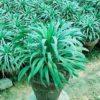
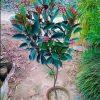
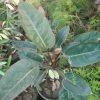
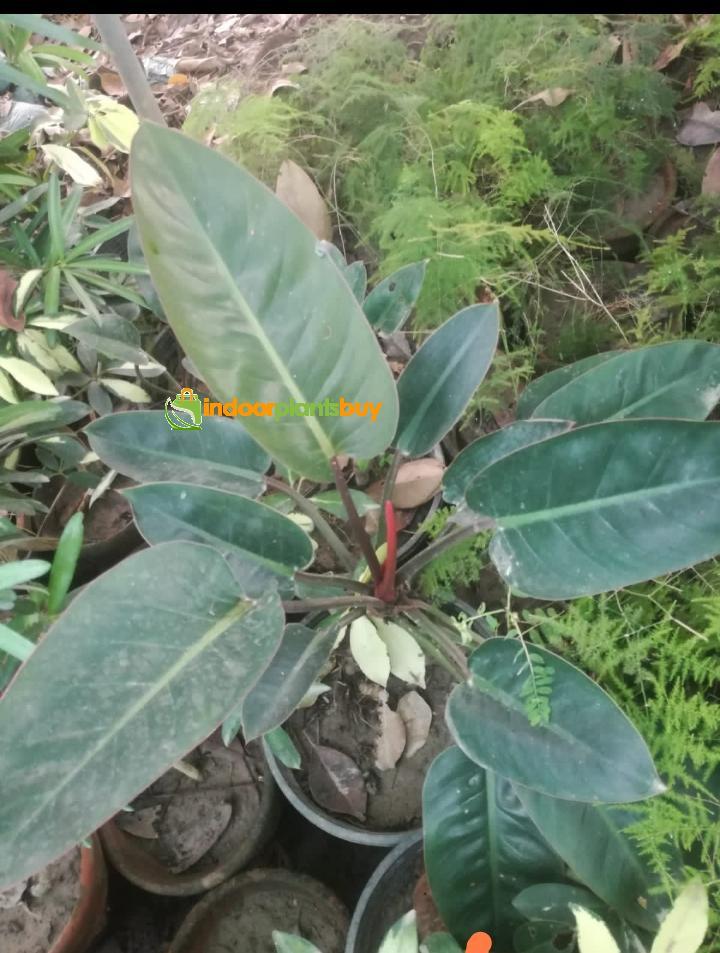
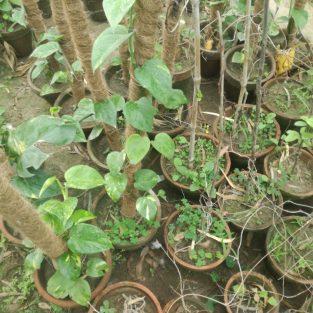
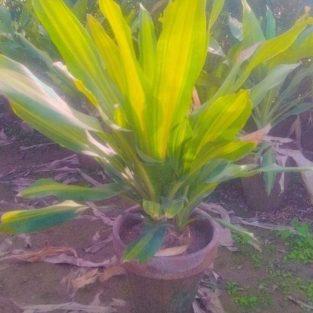
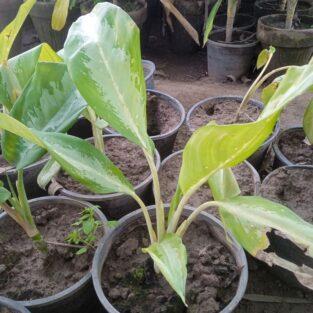
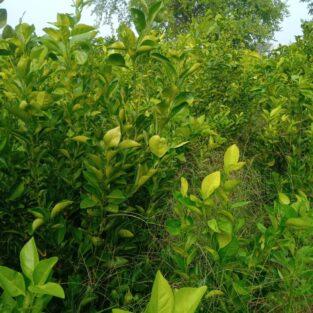
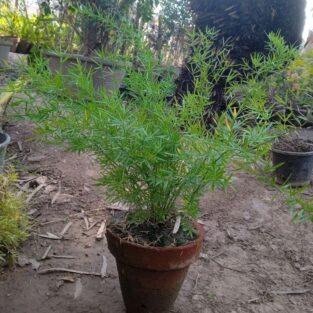
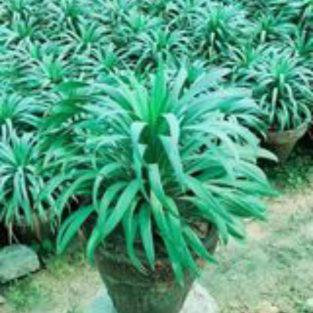
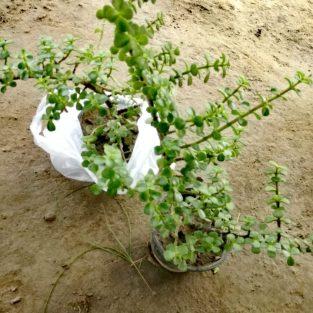
Reviews
There are no reviews yet.